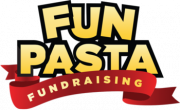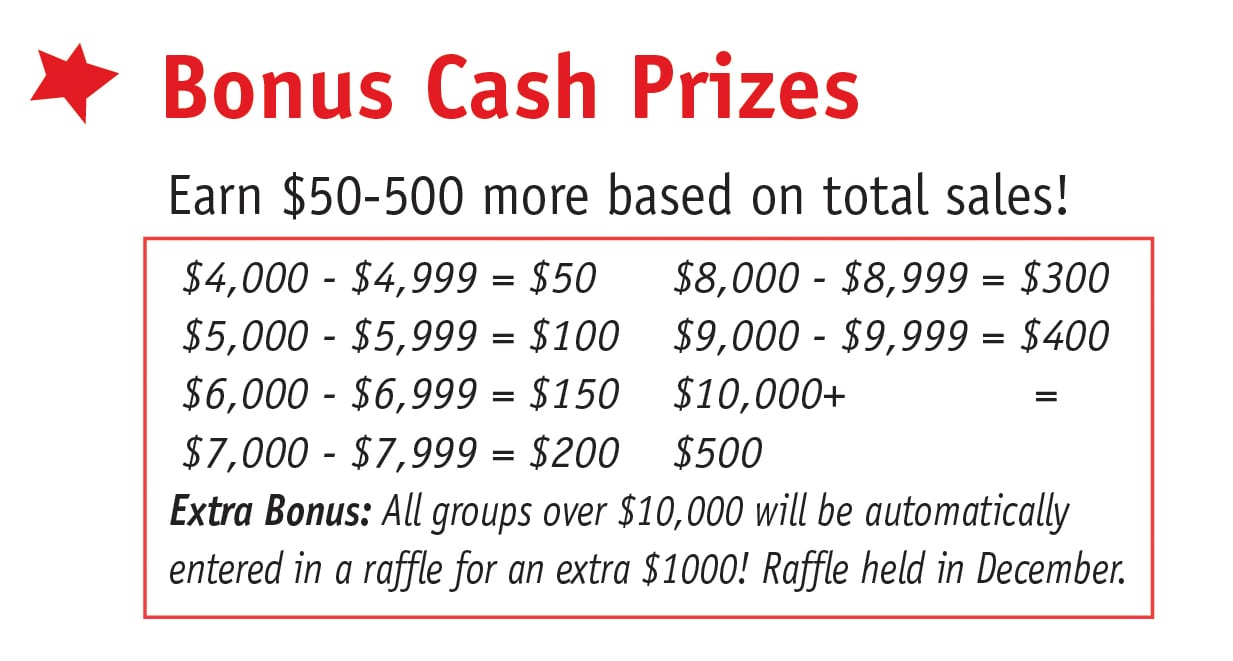
How Product Fundraising Fits Into Your Annual Fundraising Plan
A guest blog post for Fun Pasta Fundraising by Sandy Rees.
No two nonprofits or nonprofit groups are exactly alike.
And no two fundraising plans should be exactly alike either.
That means you need a fundraising plan template that meets YOUR needs, plays to YOUR strengths, and helps you reach YOUR goals.
Ideally, your fundraising plan should include your overall fundraising goal and the strategies you plan to use to reach that goal.
Strategies like product fundraisers.
Each strategy you plan to use during the year should be detailed in your annual fundraising plan so you know when it’s happening and how much you plan to raise from it. And also when you need to start working on it so you leave yourself plenty of time to get it done… because nothing good happens at the last minute!
But, not all fundraising activities are created equal.
And if you rely on donors to give multiple times throughout the year, year after year, you need to think about the two types of fundraising and how much you’re relying on each one so you can be successful in raising the money you need without wearing out your donors.
Two Types of Fundraising
When you’re new to fundraising or too focused on the money, it’s easy to grab at any opportunity you run across for some quick cash.
You might get really excited about restaurant nights, candle parties, t-shirt sales, or voting contests.
And yes, sometimes there is a place for these types of fundraisers, especially when they’re planned and executed well.
I’ve seen small nonprofits raise thousands (like $30,000) on a calendar sale!
But these should only be one part of your overall fundraising strategy and here’s why:
These “transactional” fundraisers generate cash but don’t build a relationship with your donors.
In fact, when people participate in transactional fundraisers where they get something in exchange for their money, they’re not really donating at all.
They’re buying something. They’re customers.
They’re just eating at a restaurant or purchasing something for themselves, and it happens to benefit your nonprofit.
The difference between fundraisERS and fundraisING is just that: what the person gets in return.
True donor-based fundraising involves getting donations for your cause just because people believe in the work you’re doing and they trust you to be responsible stewards of their hard-earned money.
Their giving is “transformational” meaning they give to make a difference, not to receive something in return.

And for nonprofits who depend on the support of their donors, this is an important distinction.
In general, it’s best to have more transformational fundraising than transactional to set your organization up for success long-term.
I’m not saying don’t use transactional fundraising. There are lots of ways to be super successful with a product fundraiser!
I’m saying be mindful of what you choose to include in your annual fundraising plan so you’re getting the most return possible for your investment of time, energy, and money.
Nonprofits that struggle tend to go from one fundraiser to the next to the next, selling this, that, and the other. It’s exhausting for you, your volunteers, and your audience.
It’s best to purposefully plan what you’ll do throughout the year and be clear about how the product fundraiser will generate the kind of income you need.
When to Use Transactional Fundraising
If your nonprofit group can do one product fundraiser and generate ALL the money you need for the rest of the year, you’re good. You can stop reading.
But if your nonprofit needs multiple sources of revenue or you need donors to support your work throughout the year, you can’t afford to rely solely on product fundraisers. You need other kinds of fundraising, too.
It’s time to think longer term.
Think about the kinds of fundraising activities you’ll need in place to create the revenue you must have to fund your nonprofit so that you aren’t worrying about money and can easily cover your expenses all year long.
You’ve probably seen lots of fundraising strategies, from events to grants to fundraising letters to Facebook fundraising.
And all of it takes planning, strategy, and work to pull off successfully.
You are the expert in what your nonprofit or group needs. You know what will make the most sense. So don’t try something just because you saw another group do it. Try something because it makes sense for your organization and will help you reach your goals.
Choose fundraising strategies that:
- Play to your strengths personally. Don’t try to do something you’ll hate doing.
- Gets you the MOST bang for the buck. Don’t do lots of things that only generate nickels and dimes. You may have to try several things before you figure out what works — just ditch the ineffective efforts fast.
- Are “rinse and repeatable.” Do productive fundraising that can be repeated every year. Then you won’t be reinventing the wheel every January.
- Builds your donor family. THE most important thing you can do to ensure long-term success is to bring in new donors. So make sure the fundraising activities you’re planning cannot only raise money but identify new donors, too.
- Help you take big steps toward your fundraising goal. You won’t have time to use every idea you or your volunteers come up with, so choose ones that will bring in enough money to be really worth it.
If you plan to set up an Amazon Smile account or enroll in a grocery store affinity card program or something similar, be sure to include times in your fundraising plan when you’ll promote these, because people won’t find them on their own.
Creating a purposeful annual fundraising plan is not the easiest thing to do, especially if it’s your first time. But don’t give up. The more you work at it and refine it, the easier it will get and they more likely you’ll be to hit your goals, giving you the money you need to operate during the year.
The bottom line here is this: the right product fundraiser can be amazing, generating the money you need for your nonprofit or group. But if you need more than one product fundraiser brings in, you need to purposefully plan out your fundraising for the year so you are creating an environment for success for your nonprofit.
START FUNDRAISING


